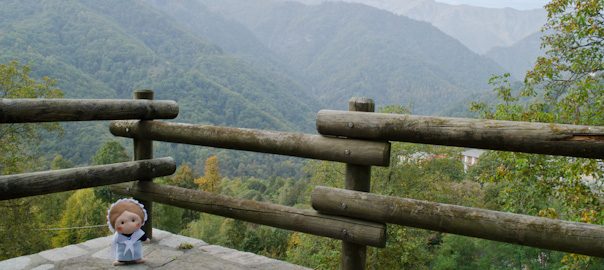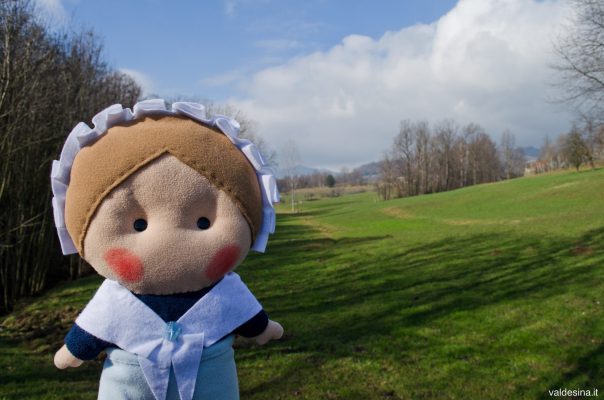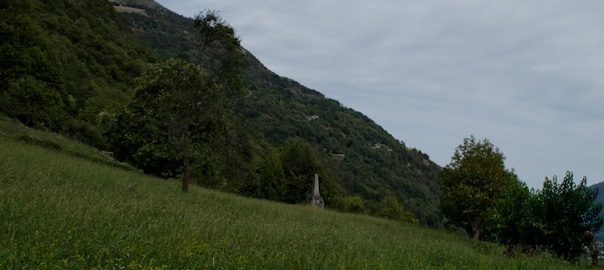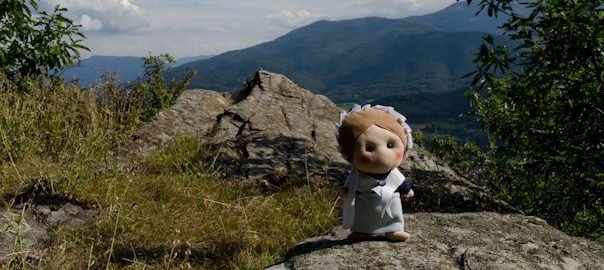Lou Couént – Angrogna
28 March 2014Hi there! Today we are in a beautiful panoramic area overlooking the village of Angrogna, in Pellice Valley, which is known as “lou Couént ” (i.e.: “the Convent”) . This place got its name from an old building that once stood here (and that is now completely destroyed), which used to host the monks involved […]
Read more »Legend: the hornet, Bellion hamlet – Luserna San Giovanni
14 March 2014Hello! Today we are in San Giovanni , in the District of Luserna (Val Pellice): this is a fairly large hilly area in which each group of houses has a different name . Often villages were named after the family who lived there, just as it happened here in Bellion place: Bellion indeed is a […]
Read more »The temple of Pradeltorno – Angrogna
21 February 2014Hi guys! Today we are back in Angrogna Valley, more precisely in Pradeltorno, an important site of Waldensian history. I’m gonna tell you the history of its temple, which was built in 1876, and which is located on the rock that gives its name to the village, overlooking the town from above. …actually, have you […]
Read more »Stallè – Luserna San Giovanni
14 February 2014Good morning, my friends! Today’s walk is gonna be very special: for the first time since we started our adventures together, we are in a place where… history has yet to happen! Yes, kids… you got it right… Today we are at Stallè hamlet, between the towns of Angrogna and Luserna San Giovanni in Pellice […]
Read more »Sibaud – Bobbio Pellice
18 October 2013Hi there! Today we are in a place full of history… We are at Sibaud of Bobbio Pellice. You have to know that in 1686 and 1687, after harsh persecutions, oppressions and brutalities, survived Waldensians from the valleys were forced to face a hard choice: to abiure, deny their faith and convert to Catholicism or […]
Read more »Rocchamaneoud – Angrogna
13 September 2013Welcome back, guys! Today we are in a historic place that was for the Waldensians a fortress of defense in the long age of struggle between 1400 and 1600, thanks to its strategic position: since it is located at the entrance of the valley of Angrogna, it gave the chance to keep the landscape below […]
Read more »



